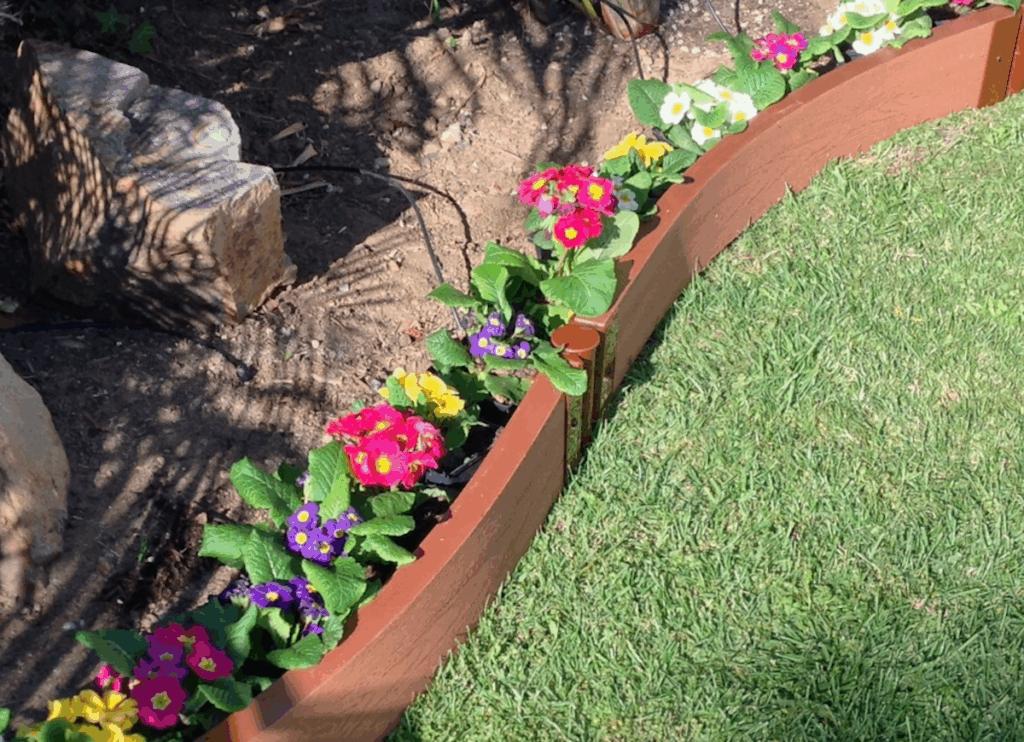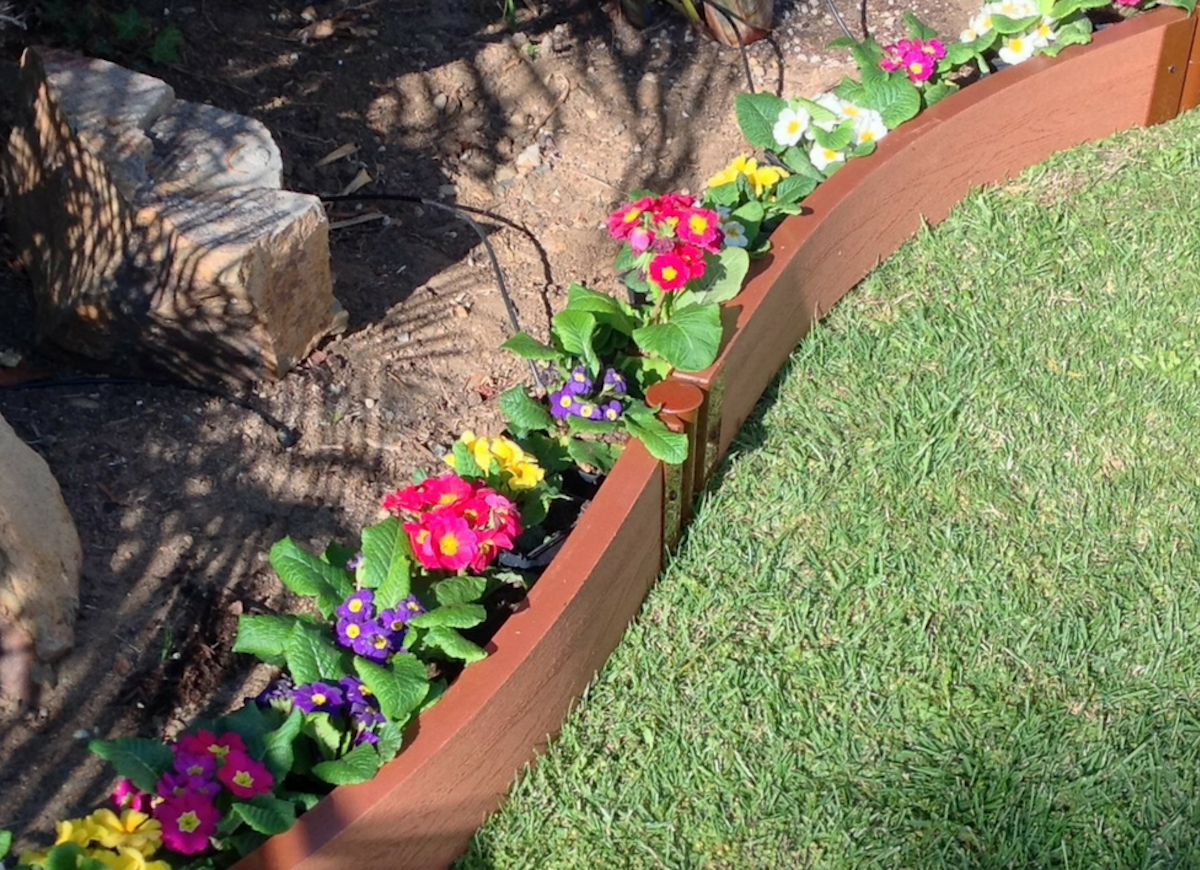
Enhance Your Garden with Metal Landscape Borders: A Comprehensive Guide
Creating a beautiful and well-maintained garden involves careful planning and attention to detail. One crucial element in achieving a polished and professional look is the use of landscape borders. Among the various materials available, metal landscape borders stand out for their durability, aesthetic appeal, and ease of installation. This comprehensive guide explores the benefits, types, installation techniques, and maintenance tips for incorporating metal landscape borders into your garden design.
Why Choose Metal Landscape Borders?
Metal landscape borders offer several advantages over other materials like wood, plastic, or stone. Understanding these benefits can help you make an informed decision for your landscaping needs.
Durability and Longevity
One of the primary reasons gardeners and landscapers opt for metal landscape borders is their exceptional durability. Unlike wood, which can rot, or plastic, which can crack and degrade under UV exposure, metal is highly resistant to the elements. High-quality metal landscape borders, especially those made from steel or aluminum, can last for decades with minimal maintenance.
Aesthetic Appeal
Metal landscape borders offer a sleek and modern look that complements a variety of garden styles. Whether you prefer a contemporary, minimalist design or a more traditional, rustic aesthetic, metal borders can be seamlessly integrated. The clean lines and refined appearance of metal provide a visually appealing contrast to the organic textures of plants and soil.
Ease of Installation
Compared to other materials, metal landscape borders are relatively easy to install. Many products are designed with user-friendly features such as interlocking sections or flexible designs that can be easily shaped to fit your garden’s contours. This makes them a popular choice for both professional landscapers and DIY enthusiasts.
Low Maintenance
Metal landscape borders require very little maintenance. Unlike wood, they don’t need to be stained or sealed. A simple rinse with a garden hose is usually sufficient to keep them looking their best. Their resistance to rust and corrosion further minimizes the need for upkeep.
Versatility
Metal landscape borders are incredibly versatile and can be used in a variety of applications. They can define garden beds, create pathways, edge lawns, and even retain soil on slopes. Their flexibility allows for creative designs and customized layouts, making them suitable for gardens of all shapes and sizes.
Types of Metal Landscape Borders
There are several types of metal landscape borders available, each with its own unique characteristics and applications. Here’s a look at some of the most common options:
Steel Landscape Borders
Steel is a popular choice for metal landscape borders due to its strength and durability. Steel borders are typically made from either mild steel or weathering steel (also known as Corten steel). Mild steel can be powder-coated or painted to prevent rust, while weathering steel develops a natural, rust-like patina that adds a rustic charm to the garden.
Aluminum Landscape Borders
Aluminum is another excellent option for metal landscape borders. It is lightweight, corrosion-resistant, and easy to work with. Aluminum borders are often used in coastal areas where exposure to salt air can cause other metals to rust. They are also available in a variety of finishes, including powder-coated colors and brushed aluminum.
Aluminum Edging
Aluminum edging is a popular choice for creating clean, modern lines in gardens and landscapes. Its lightweight nature and flexibility make it easy to install and shape around curves and corners. Aluminum edging is also resistant to corrosion, making it a durable and low-maintenance option for outdoor use.
Stainless Steel Landscape Borders
Stainless steel offers exceptional corrosion resistance and a sleek, modern look. While it tends to be more expensive than other options, stainless steel metal landscape borders are a worthwhile investment for those seeking a long-lasting and aesthetically pleasing solution.
Corrugated Metal Landscape Borders
Corrugated metal adds a unique, industrial touch to garden designs. These borders are typically made from galvanized steel and feature a wavy, corrugated pattern. They are durable, weather-resistant, and can be easily cut and shaped to fit your garden’s needs.
Installation Guide: How to Install Metal Landscape Borders
Installing metal landscape borders is a straightforward process that can be completed in a few simple steps. Here’s a step-by-step guide to help you get started:
Step 1: Plan Your Layout
Before you begin, carefully plan the layout of your metal landscape borders. Use a measuring tape and stakes to mark the desired boundaries of your garden beds, pathways, or lawn edges. Ensure that the layout is accurate and visually appealing.
Step 2: Prepare the Ground
Clear the area where you will be installing the metal landscape borders. Remove any grass, weeds, rocks, or other debris. Use a shovel or spade to create a shallow trench along the marked lines. The trench should be deep enough to accommodate the bottom edge of the border.
Step 3: Position the Borders
Carefully position the metal landscape borders along the trench. Ensure that they are aligned with the marked lines and that the top edge is level. If using interlocking sections, connect them securely according to the manufacturer’s instructions.
Step 4: Secure the Borders
Use stakes or pins to secure the metal landscape borders in place. Drive the stakes into the ground along the inside or outside of the border, spacing them evenly to provide adequate support. Ensure that the stakes are driven deep enough to hold the border firmly in place.
Step 5: Backfill the Trench
Backfill the trench with soil, gravel, or mulch to create a smooth and seamless transition between the border and the surrounding landscape. Compact the soil around the base of the border to provide additional stability.
Step 6: Final Adjustments
Make any necessary adjustments to ensure that the metal landscape borders are straight, level, and securely in place. Add any finishing touches, such as decorative stones or plants, to enhance the overall appearance of your garden.
Maintenance Tips for Metal Landscape Borders
While metal landscape borders are relatively low-maintenance, there are a few simple steps you can take to keep them looking their best.
Regular Cleaning
Periodically rinse your metal landscape borders with a garden hose to remove dirt, dust, and debris. For stubborn stains, use a mild soap and water solution. Avoid using harsh chemicals or abrasive cleaners, as they can damage the finish.
Rust Prevention
If you have steel metal landscape borders, consider applying a rust-inhibiting coating to protect them from corrosion. This is especially important in areas with high humidity or salt exposure. Regularly inspect your borders for signs of rust and address any issues promptly.
Repairing Damage
If your metal landscape borders become damaged, such as dents or bends, repair them as soon as possible to prevent further deterioration. Minor dents can often be hammered out, while more significant damage may require professional repair or replacement.
Creative Ideas for Using Metal Landscape Borders
Metal landscape borders can be used in a variety of creative ways to enhance your garden design.
Defining Garden Beds
Use metal landscape borders to create clean, defined edges around your garden beds. This not only adds visual appeal but also helps to contain soil and prevent grass from encroaching on your plants.
Creating Pathways
Metal landscape borders can be used to create attractive and functional pathways through your garden. Use them to edge gravel paths, stepping stone paths, or paved walkways.
Edging Lawns
Keep your lawn looking neat and tidy by using metal landscape borders to create a crisp edge between the grass and garden beds. This prevents grass from spreading into your flower beds and makes mowing easier.
Retaining Walls
Incorporate metal landscape borders into small retaining walls to terrace sloped areas. This can create visually interesting levels in your garden and prevent soil erosion.
Decorative Accents
Use metal landscape borders to create decorative accents in your garden, such as edging around trees, shrubs, or water features. Their sleek and modern look can add a touch of sophistication to any outdoor space.
Where to Buy Metal Landscape Borders
Metal landscape borders are available at a variety of retailers, including:
- Home Improvement Stores: Major home improvement stores like Home Depot and Lowe’s offer a wide selection of metal landscape borders in various styles and materials.
- Garden Centers: Local garden centers often carry metal landscape borders that are specifically designed for gardening and landscaping applications.
- Online Retailers: Online retailers like Amazon and specialty landscaping websites offer a vast selection of metal landscape borders with convenient shipping options.
- Specialty Landscaping Suppliers: Professional landscaping suppliers may offer higher-quality or more specialized metal landscape borders for larger projects.
Conclusion
Metal landscape borders are an excellent choice for enhancing the beauty and functionality of your garden. Their durability, aesthetic appeal, ease of installation, and low maintenance make them a popular option for both professional landscapers and DIY enthusiasts. By understanding the different types of metal landscape borders available and following the installation and maintenance tips outlined in this guide, you can create a stunning and well-maintained outdoor space that you’ll enjoy for years to come. Consider incorporating metal landscape borders into your next landscaping project to add a touch of elegance and sophistication to your garden.
[See also: Choosing the Right Garden Edging Material]
[See also: DIY Garden Border Ideas]
[See also: Maintaining Your Landscape Borders]

